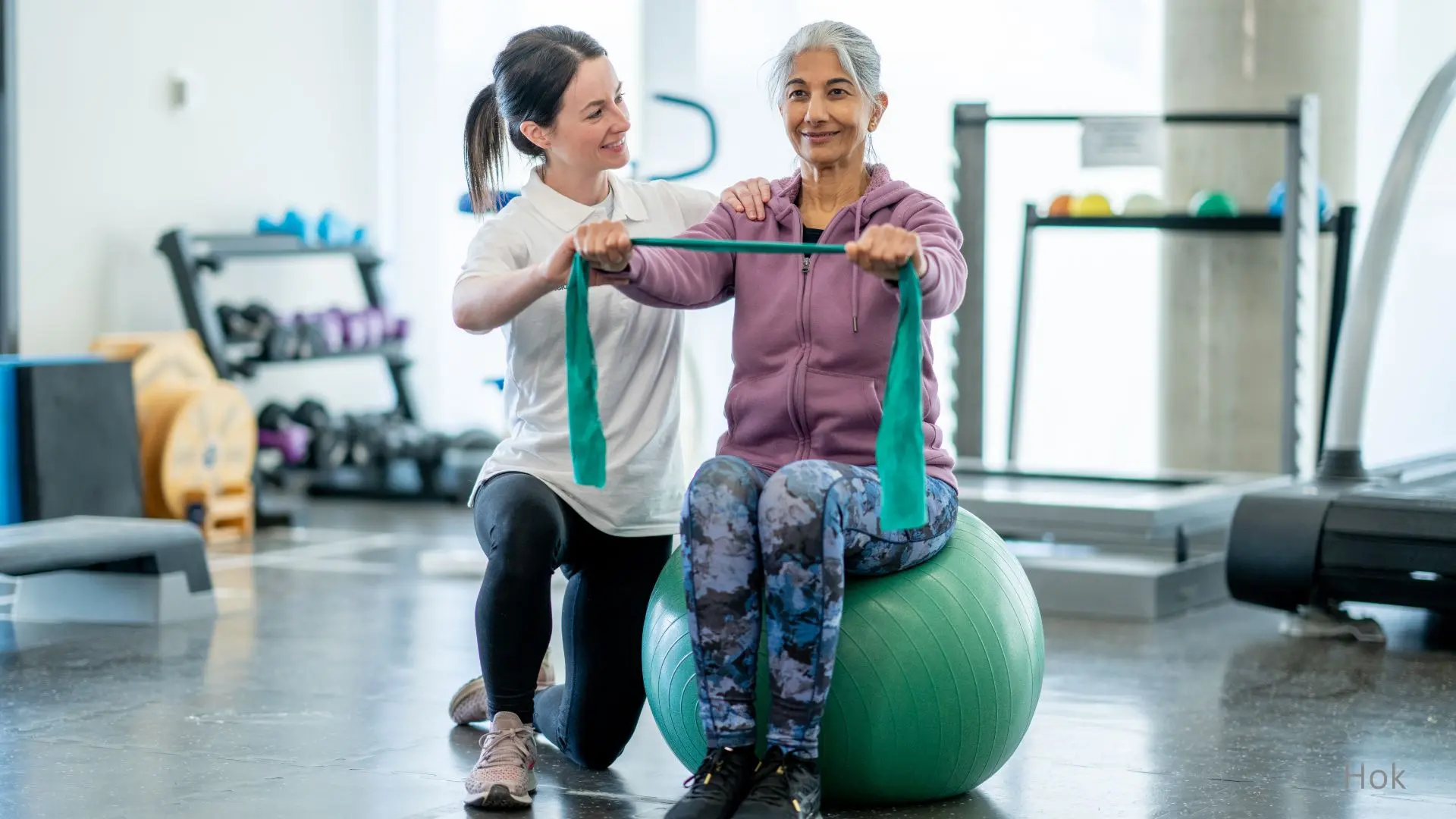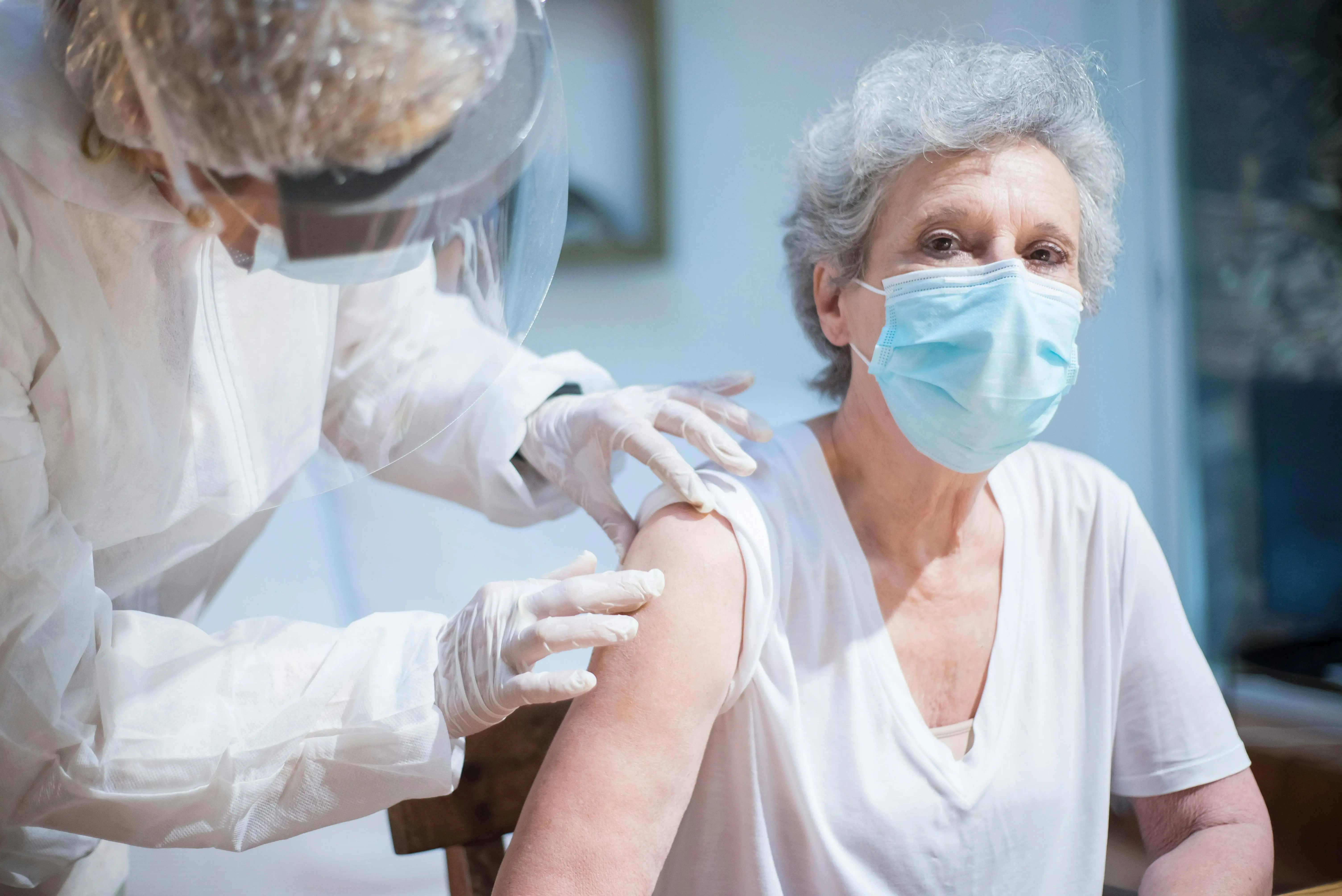Discover how physiotherapy exercises enhance mobility, relieve pain, and promote long-term health. Learn techniques, case studies, and practical tips.

Blog
Physiotherapy Exercises: A Comprehensive Guide to Benefits and Techniques
Physiotherapy exercises are specialized movements and techniques prescribed to help restore, maintain, and improve physical function and mobility. These exercises form the cornerstone of physiotherapy—a science-backed approach used by professionals to alleviate pain, enhance recovery, and prevent future health complications. According to the World Health Organization (WHO), musculoskeletal conditions affect nearly 1.71 billion people globally, making rehabilitation via physiotherapy more essential than ever. This guide explores how these exercises work, their proven benefits, popular techniques, and how to integrate them effectively into daily life.
Physiotherapy, often referred to as physical therapy, is a healthcare discipline focused on optimizing physical function through movement sciences, manual therapy, and patient education. Physiotherapists are licensed professionals who assess each patient's condition and tailor treatments accordingly. Whether recovering from surgery, managing chronic illness, or improving athletic performance, physiotherapy offers holistic, evidence-based care.
The impact of physiotherapy exercises spans across age groups and medical conditions. A study published in the *Journal of Orthopaedic & Sports Physical Therapy* found that 89% of patients experienced functional improvement after 6 weeks of consistent physiotherapy. Here are some key benefits:
Targeted exercises can significantly reduce pain associated with back problems, arthritis, and post-operative recovery by releasing endorphins and improving muscle balance.
By increasing joint flexibility and muscle elasticity, physiotherapy enhances your range of motion, making daily tasks easier and safer.
Customized routines strengthen supporting muscles and improve balance, reducing the risk of falls—particularly beneficial for the elderly population.
Patients recovering from surgeries such as knee replacements or rotator cuff repairs report faster return to function with guided physiotherapy.
Physiotherapy can help manage lifestyle diseases such as diabetes and hypertension. Coupling it with holistic practices like acupressure for high BP offers additional support.
Long-term desk jobs often result in slouching and poor spinal alignment. Physiotherapy strengthens postural muscles, preventing long-term complications.
Physical activity boosts endorphins and serotonin, which help in reducing anxiety and depression symptoms—making physiotherapy a mind-body therapy.
Modern physiotherapy involves a wide range of approaches, each targeting a specific need. Below are some of the most effective techniques used today.
Involves holding muscles in a fixed stretch to lengthen them gradually—great for post-exercise cool-downs.
Utilizes active movements to warm up muscles before activity, improving flexibility and reducing injury risk.
Incorporates weights, resistance bands, or bodyweight to build muscle mass, crucial for rehabilitation and aging muscles.
Static holds that engage muscles without joint movement—ideal for injury-prone or inflamed joints.
Stability ball training, tai chi, or single-leg stands are useful for fall prevention and postural control.
Enhance motor skills and body awareness—beneficial for athletes and stroke survivors.
Low-impact exercises like swimming or brisk walking improve endurance and heart health.
Alternating high-intensity bursts with rest periods builds cardiovascular stamina and supports fat loss.
Therapeutic massage alleviates muscle stiffness, improves blood circulation, and promotes healing.
Gentle manipulation techniques increase joint mobility and reduce stiffness.
A tailored approach ensures long-term success and minimizes relapse. Here's how a professional plan is developed:
A comprehensive physical and functional evaluation identifies key problem areas.
Short- and long-term targets help track progress—be it reducing knee pain or regaining post-stroke mobility.
Each exercise is chosen based on individual assessment to target the root cause and desired outcomes.
Intensity and complexity are gradually increased to enhance strength and endurance.
Cross-training prevents muscle fatigue and maintains motivation.
Progress is measured via strength tests, range of motion metrics, and pain scales.
Therapists adjust routines based on patient feedback and clinical observations.
Follow these best practices to make the most of your physiotherapy routine.
Prepares muscles and joints for activity, reducing injury risk.
Helps normalize heart rate and minimizes post-workout soreness.
Prevents injuries and ensures maximum benefit from each session.
Progress gradually; overdoing it can reverse gains and lead to injury.
Commitment is key. Most cases show noticeable improvement within 4–8 weeks of regular practice.
Having a fixed routine encourages discipline and accountability.
Items like resistance bands or therapy balls can be safely used at home.
Wear appropriate shoes and attire to enhance performance.
Keep your body hydrated throughout the session to maintain energy and muscle function.
Access to a qualified physiotherapist ensures that your recovery is on track. If unsure, consider a home physiotherapy service for convenience.
Consult a therapist if any exercise results in sharp or increasing pain.
Symptoms that don’t subside over time should be professionally evaluated.
Watch for dizziness, excessive fatigue, or swelling and report to your provider.
Physiotherapy exercises empower you to take control of your health, restore physical function, and improve quality of life. Backed by research and customized to each individual, these exercises form the foundation of recovery and preventive care. Begin your journey with professional guidance to ensure safety, consistency, and long-term success.
Exercises such as pelvic tilts, cat-cow stretches, and bridges can help alleviate lower back pain when done correctly.
Most people benefit from doing them 3–5 times a week, as advised by their physiotherapist.
Yes, with professional guidance or through services like HealthOK's physiotherapy at home.
HealthOK Global simplifies healthcare with expert guidance, access to affordable medicines, and personalized health plans. Chat with our FREE 24 x 7 Helpline at +91-8047190955 for support anytime.
Access to a qualified physiotherapist ensures that your recovery is on track. If unsure, consider a home physiotherapy service for convenience.
Static holds that engage muscles without joint movement—ideal for injury-prone or inflamed joints.
Exercises such as pelvic tilts, cat-cow stretches, and bridges can help alleviate lower back pain when done correctly.
Most people benefit from doing them 3–5 times a week, as advised by their physiotherapist.
Yes, with professional guidance or through services like HealthOK's physiotherapy at home.
Need Personalized Health Guidance?
Get expert advice tailored to your specific health needs from our qualified healthcare professionals.





